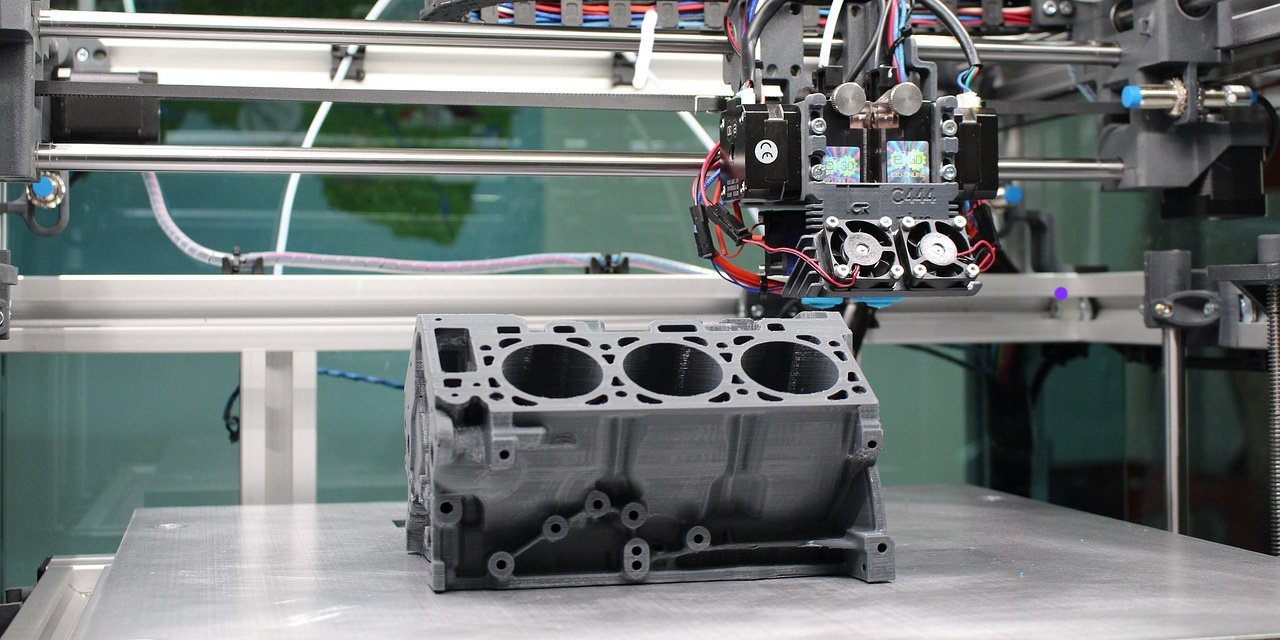3D printing has revolutionized the prototyping process, drastically reducing the time it takes to create and test new designs. With the ability to print parts within hours, design modifications can be made quickly and efficiently. This rapid turnaround time extends to the production stage as well, allowing manufacturers to produce parts on demand, eliminating the need for large inventories and reducing costs associated with storage and warehousing.
The industry of 3D printing reduces manufacturing costs in several ways. First, it minimizes material waste by using only the necessary amount of material for each part, with little or no excess. Second, it streamlines production processes, often requiring just a single machine instead of multiple machines and operators. Additionally, 3D printing allows manufacturers to outsource their projects to service providers, further cutting down on equipment and maintenance expenses.
The healthcare sector has also benefited greatly from 3D printing technology, with groundbreaking applications like the creation of custom prosthetics, medical devices, and even the possibility of printing human organs for transplantation. These advances have the potential to save lives and improve the quality of life for countless individuals.
By utilizing advanced materials like specialized plastics and metals, 3D printing can produce parts that are strong, lightweight, and tailored to specific applications. This is particularly beneficial in industries such as automotive and aerospace, where lighter components translate to greater fuel efficiency and overall performance. Furthermore, parts can be designed with custom properties like heat resistance, water repellency, or increased strength, meeting the diverse demands of various industries.
3D printing’s efficient use of materials contributes to a more sustainable manufacturing process. With minimal waste generated, manufacturers can conserve resources and reduce the environmental impact of their operations. Moreover, the production of lightweight parts can lead to improved fuel efficiency in industries like automotive and aerospace, further contributing to a greener future.
As 3D printing becomes more accessible and affordable, its adoption across various industries is expected to surge. Local service providers are now offering outsourcing services for manufacturing work, reducing the need for expensive international shipping and fostering a more localized production ecosystem.
As 3D printing continues to revolutionize manufacturing and industry, its potential applications seem to be endless, since the industry as such can be adapted to everyone’s needs and wishes.


Recent Comments